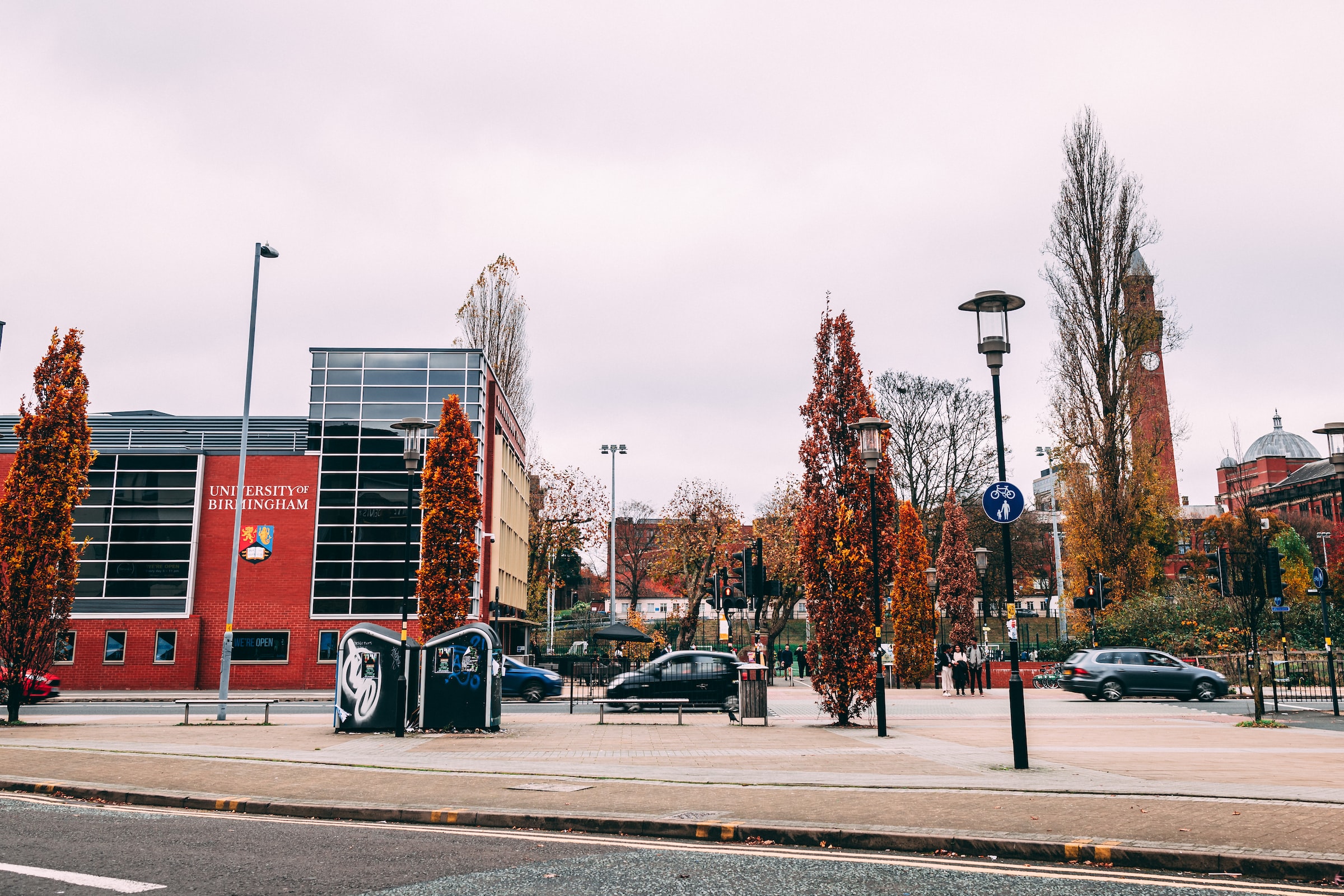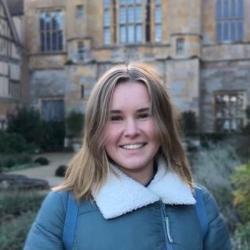
News Writer Ellen Knight reports on the exciting development of the University of Birmingham Exchange, located in Centenary Square in Birmingham City centre
With the campus skyline a now-iconic part of Edgbaston, it would come as a surprise to many that the University of Birmingham began life in the city centre in 1875 as Mason Science College. Gaining its royal charter from Queen Victoria in 1900, the University as we know it was established. No longer a physical presence in the city, the University is keenly aware of this distance, with the brand-new University of Birmingham Exchange hoping to reconnect with these roots.
The theme of combining old and new is, therefore, very present in the design of the new University of Birmingham Exchange. By remodelling the former Municipal Bank in Centenary Square, a building originally constructed after World War II with the purpose to improve the lives of Birmingham residents as part of the post-war consensus, the very structure of the Exchange is steeped in city heritage, and serves to reflect its founding intentions of bettering the city.
The Exchange’s core values thus emulate these intentions, aiming to make Birmingham and the surrounding area a better place to live, work, and learn. Project Manager Daniel Stone remarked to Redbrick that ‘[the Exchange] will fail as a project if nothing changes.’
Situated just off Centenary Square, the Exchange will be in the heart of the city, near the Symphony Hall, International Conference Centre, Town Hall, Library, and Baskerville House – some of the most iconic buildings in Birmingham. The Exchange will be in the heart of the city, near the Symphony Hall, International Conference Centre, Town Hall, Library, and Baskerville House – some of the most iconic buildings in Birmingham
New tram terminals will be nearby, making the Exchange extremely easy to get to from the New Street train station. With other new developments taking place nearby, the Exchange will be ‘bang in the centre of huge, new, and exciting developments in the city centre.’
Over three levels, the Exchange is designed to engage with the city in various ways. The ground floor, ‘the beating heart of the building […] where the buzz is generated,’ features a café bar in what used to be the banking hall, hoping to attract office workers from the buildings nearby. This floor will be open to the public, and will include seminar rooms intended to be used to deliver public-access talks and workshops to develop community leaders through grassroots growth.
Moreover, the ground floor will offer relaxed spaces for entrepreneurial businesses to pitch and take off from, with Project Manager Stephen Ashton hoping that this will be ‘a fun and engaging place to work in.’ Other engagement activities taking place on this floor will include public themed exhibitions reflecting current University research. The first planned exhibition, ‘The Air We Breathe,’ will delve into air quality, the world around us, and human reciprocity with the environment, to explore public health and sustainable futures in the city. With the project ‘bringing together academics, businesses and policymakers to explore innovative ideas for driving improvements in the region,’ the University hopes that ‘students will further benefit by being able to engage and work with innovative minds and companies in the region, sparking new ideas and developing crucial skills required for the contemporary workplace.’
The first floor of the Exchange, with stunning views across Centenary Square, is dedicated to University work. With extra office space for staff and research teams, this will act as a ‘layover base’ for University staff, ‘unlocking our ability to engage and interact with those in the city centre.’ With the space designed to be flexible, for a ‘revolving door’ of research, the first research team to work in the Exchange will be the West Midlands Regional Economic Development Institute (WM REDI). Supporting inclusive economic growth in the region, WM REDI is hoping to drive regional growth by using data and evidence to support public and private organisations to make better strategic decisions.
UoB students, too, will be an integral part of the Exchange. There may be opportunities to be involved in the public exhibitions, as well as a ‘student incubator’ program. UoB students, too, will be an integral part of the Exchange. There may be opportunities to be involved in the public exhibitions, as well as a student incubator program
Furthermore, the Exchange will offer a more accessible base for volunteer groups active in the city, such as UoB’s Centre for Professional Legal Education and Research (CEPLER), whose Pro Bono Group allows students to volunteer to benefit vulnerable people in the local community, whilst simultaneously developing their knowledge of the law.
The second (and top) floor of the Exchange, will offer flexible spaces for conferences and networking events. For example, the old staff canteen will be converted into a 120-person conference room that can also be used for sit-down meals and entertaining. Remodelling the original board rooms, the Exchange will also be able to provide smaller, ‘high level’ spaces with roof terraces for more exclusive events. Providing both corporate and relaxed spaces, this floor, with views across the city, will be a flexible industry space that will be invaluable to the University and other corporations.
As previously stated, despite how modern and forward-thinking the Exchange’s vision is, there have been significant efforts made to preserve the heritage of both the original building and the University itself. there have been significant efforts made to preserve the heritage of both the original building and the University itself
The basement contains the original vaults from the building’s use as a bank. One of these dramatic structures, decorated with deposit boxes, will be turned into an exclusive and unique entertaining space, with other vaults potentially being used to display heritage items from the history of the bank and of the University.
During construction, plasterwork crests were discovered bearing the insignia of the bank and the city. The Exchange team, keen to preserve the building’s heritage, will make reproductions to remain on display, with originals forming part of this historical display planned for the basement vaults. Interpretations of the University’s crest, too, will also appear in stained glass feature windows, designed by local artists.
Expected to open in September 2021, construction on the Exchange has made good headway in spite of the lockdown. Using Matterport surveys, the Project Managers have been able to keep an eye on the progress being made, carefully upgrading this important building whilst retaining its vision of a better Birmingham. The hope is that the Exchange will allow the University to create a stronger link to the city, as the project team is aware that in the century since its founding, the Edgbaston campus – whilst beautiful, spacious, and purpose-built – has created a sense of distance between the University and the city it takes its name from. The hope is that the Exchange will allow the University to create a stronger link to the city
Like this article? Here are some similar stories from News:
Redbrick’s exclusive access to UoB’s new student testing facility
New Research Project Aiming to Reduce Train Delays Launched at UoB
Interview: the artists contributing to Birmingham’s Gratitude

Comments